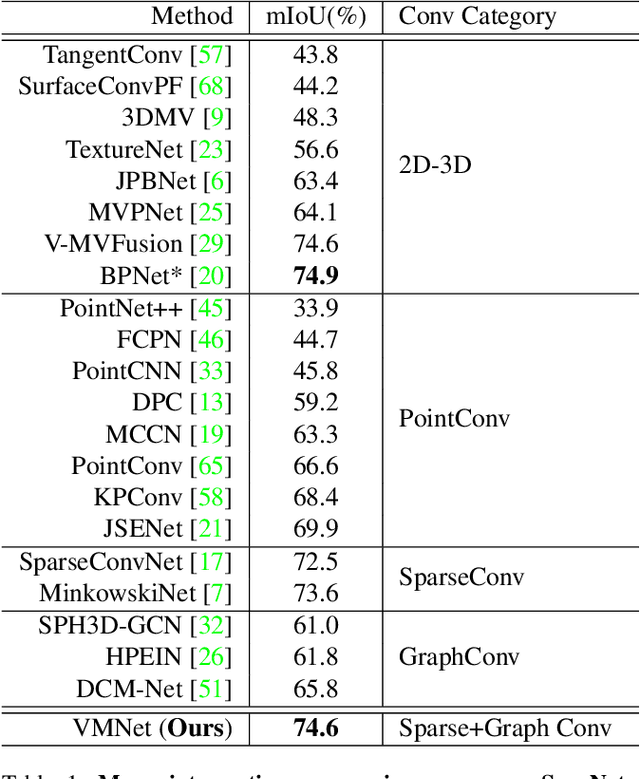Guangyuan Sun
LiDAL: Inter-frame Uncertainty Based Active Learning for 3D LiDAR Semantic Segmentation
Nov 11, 2022Abstract:We propose LiDAL, a novel active learning method for 3D LiDAR semantic segmentation by exploiting inter-frame uncertainty among LiDAR frames. Our core idea is that a well-trained model should generate robust results irrespective of viewpoints for scene scanning and thus the inconsistencies in model predictions across frames provide a very reliable measure of uncertainty for active sample selection. To implement this uncertainty measure, we introduce new inter-frame divergence and entropy formulations, which serve as the metrics for active selection. Moreover, we demonstrate additional performance gains by predicting and incorporating pseudo-labels, which are also selected using the proposed inter-frame uncertainty measure. Experimental results validate the effectiveness of LiDAL: we achieve 95% of the performance of fully supervised learning with less than 5% of annotations on the SemanticKITTI and nuScenes datasets, outperforming state-of-the-art active learning methods. Code release: https://github.com/hzykent/LiDAL.
VMNet: Voxel-Mesh Network for Geodesic-Aware 3D Semantic Segmentation
Jul 29, 2021



Abstract:In recent years, sparse voxel-based methods have become the state-of-the-arts for 3D semantic segmentation of indoor scenes, thanks to the powerful 3D CNNs. Nevertheless, being oblivious to the underlying geometry, voxel-based methods suffer from ambiguous features on spatially close objects and struggle with handling complex and irregular geometries due to the lack of geodesic information. In view of this, we present Voxel-Mesh Network (VMNet), a novel 3D deep architecture that operates on the voxel and mesh representations leveraging both the Euclidean and geodesic information. Intuitively, the Euclidean information extracted from voxels can offer contextual cues representing interactions between nearby objects, while the geodesic information extracted from meshes can help separate objects that are spatially close but have disconnected surfaces. To incorporate such information from the two domains, we design an intra-domain attentive module for effective feature aggregation and an inter-domain attentive module for adaptive feature fusion. Experimental results validate the effectiveness of VMNet: specifically, on the challenging ScanNet dataset for large-scale segmentation of indoor scenes, it outperforms the state-of-the-art SparseConvNet and MinkowskiNet (74.6% vs 72.5% and 73.6% in mIoU) with a simpler network structure (17M vs 30M and 38M parameters). Code release: https://github.com/hzykent/VMNet
 Add to Chrome
Add to Chrome Add to Firefox
Add to Firefox Add to Edge
Add to Edge